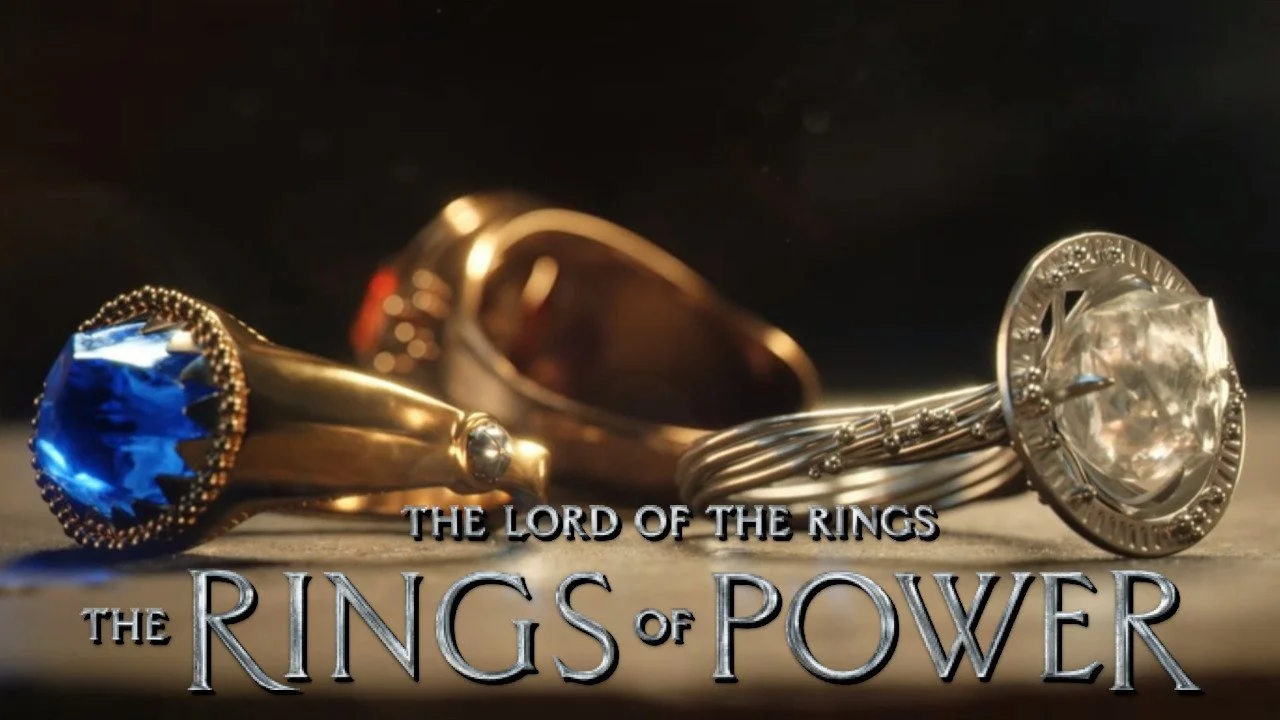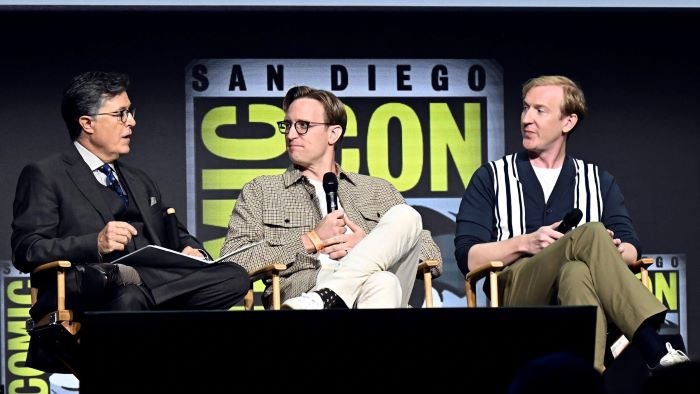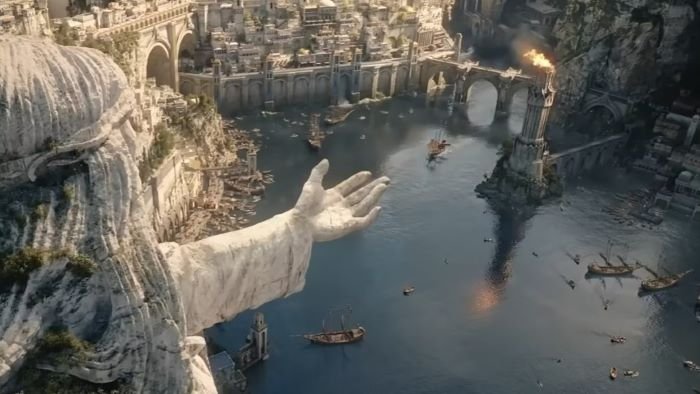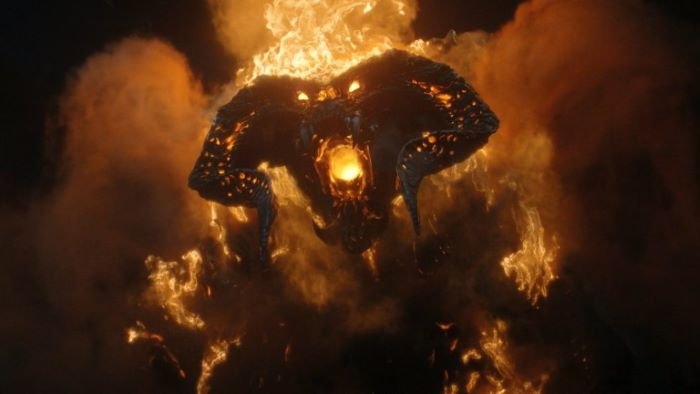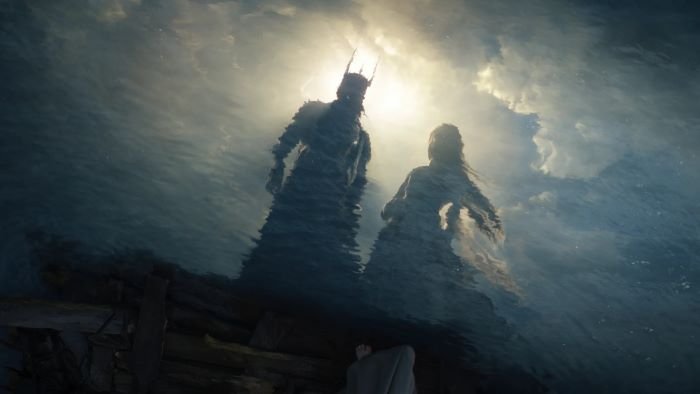Great Expectations: A Look at the Criticism and Support Surrounding The Rings of Power
Image Source: Attack of the Fanboy
WARNING: SPOILERS FOR SEASON 1 OF THE RINGS OF POWER
Amazon’s much-anticipated The Rings of Power series has come to an end. Almost as soon as any details about the show were released, criticism and controversy follow, and they kept rolling all the way through the series. It was critically well-received overall, scoring an 85% on Rotten Tomatoes. However, its audience score sits at a rather unimpressive 39%. This is similar to the 91%/42% respective ratings of The Last Jedi, which seemed to have equally impressed critics and divided fans. Are the criticisms warranted, or could the show be good enough for such a high bar?
Early Criticism
Image Source: Rolling Stone
There was always going to be a healthy amount of skepticism from the fanbase when Amazon announced that it was crafting an original story set in Middle-earth. J. R. R. Tolkien created such a complete world, complete with multiple actual languages, a creation story, histories, genealogies, and just about anything else you could think of so that there is not much between the lines that have not been colored in, especially since the showrunners were not allowed to use anything in The Silmarillion. Unfortunately, instead of understandable worries about changes of consequence, the first major wave of criticisms came after the first images were released by Vanity Fair, and it centered around racism and sexism. One of the biggest points of contention was the original character Disa (Sophia Nomvete), who was a Dwarf princess of color. There was a vocal group that mainly took issue with the fact that she was not caucasian. They asserted that it went against Tolkien’s description of Dwarven women as being alike in voice, manner, and appearance to their male counterparts. The knowledge of Middle-earth proved inconsistent when it came to their complaints of one of the Harfoots being of color since Tolkien described them as being of darker skin compared to the Hobbits.
RELATED:
The most egregious criticism regarded Galadriel (Morfydd Clark). It mainly revolved around her armor and lack of “feminine” appearance despite the fact that Galadriel is clearly described in The Silmarillion as being the tallest Elf woman and of “Amazon disposition” when discussing her going to battle. Rightfully, many came to the characters and their actors’ defense, including the original cast of The Lord of the Rings films.
The Good
Image Source: Collider
One area that was universally loved was the recreation of Middle-earth. From the gorgeous city of Númenor to the mines of Khazad-dûm, the VFX and set teams outdid themselves creating stunning visuals. The aesthetics and style matched what you would expect from the visual masterpiece that was The Lord of the Rings trilogy while introducing us to new locations in that world. The CGI was not overly used and was not very obvious or distracting, which has been the case for many series lately. For the most part, costume design earned similar praise, with continuity to the original trilogy, but with tweaks where it made sense, such as the Harfoots’ outfits resembling a more primitive version of the Hobbits’ attire.
Many of the original characters that were added were compelling and complete. Disa, Halbrand (Charlie Vickers), Nori (Markella Kavenagh), and many others were great additions to the world of Tolkien. On a similar note, there was a lot of praise for the acting. With an ensemble cast of this size, oftentimes, there are at least one or two performances that do not quite live up to the rest. That was not the case here as each actor took on the character presented to them.
Several people were also quite happy with the balance between keeping things consistent with at least a Tolkien feel and respect for the source material while still creating their own stories and adventures. Some also praised the writing for both the dialog as well as the plot. There were many stories, such as Durin IV’s, that were incredibly compelling and well put together. For many critics, it had more than enough good to look past its flaws and consider it a success.
The Bad
Image Source: Den of Geek
One of the biggest criticisms was the pacing. Almost everyone took issue with how slow the story was moving early on. In particular, the first five episodes were a lot of set up which then moved into what seemed like too fast of a pace for some. There were also some storylines that many people took issue with. The condensed timeline was necessary but, unfortunately, took away from the scope of the events a bit and made them feel rushed. The show also fudged when events happened such as the arrival of the wizards and the waking of the balrog out of necessity.
The storytelling style was reminiscent of Game of Thrones, with multiple storylines that seem unconnected at first until they all come together which The Rings of Power did not quite pull off for some. Some of these interconnected stories also worked better than others. For example, many people felt the Harfoots were unnecessary and that their story was boring and had an obvious and anticlimactic payoff with The Stranger’s reveal. For others, it felt as though the show relied too heavily on its predecessors in book or film form to prop the show up rather than stand on its own merits. It was pointed out that the series relied a bit too heavily on its reveals as well and should have evolved past a simple whodunnit meta arc. Many found the twists to be predictable and not properly earned. While the acting is typically regarded as high quality, the size of the cast may have let some characters fall between the cracks and not properly introduce them to the viewers. Isildur’s story is a good example where it felt more like a callback to the source material than a necessary part of the show.
Changes To Lore
Image Source: Vanity Fair
Some of the biggest criticisms came from the alterations to Tolkien’s lore. With the showrunners not having access to The Silmarillion or the other works that chronicle the timeframe covered in The Rings of Power, some changes and liberties were expected. Some of them worked, such as Halbrand being Sauron. Overall, he was a good replacement for Annatar, although it was a rather quick reveal instead of Sauron slowly asserting influence as is more true to the character. On the other hand, Galadriel’s character was a mixed success. The warrior side worked very well, but why did Celebrimbor not ask her for assistance when she was trained by the Vala Aulë, who is essentially the god of smithing? She also seemed uncharacteristically angry and rash. She was also the one who was fooled by Sauron the most, even though her character is known for being wise and exceptionally perceptive.
Most of the small changes were not consequential, but the most unnecessary was the mithril. The origins and importance of the mithril to the Elves were all very contrived and honestly just seemed like another side story. There could have been any number of other reasons for the Elves to forge the first rings of power.
Overall, The Rings of Power has been met with positive reviews, but also raised legitimate issues. Most people can agree that many elements were executed well. However, there are just as many flaws. It seems as though the ugly controversy and bigoted criticism early on have given way to support and criticism based on the merits of the show itself.
READ NEXT:
Source(s): Polygon, The Guardian, Rotten Tomatoes, CBR, Forbes, AV Club, Winter Is Coming, The Gamer

